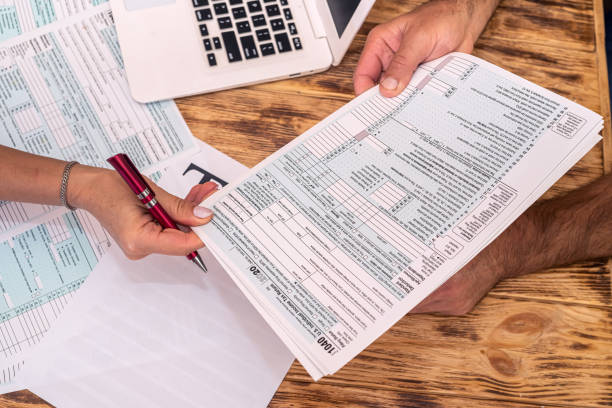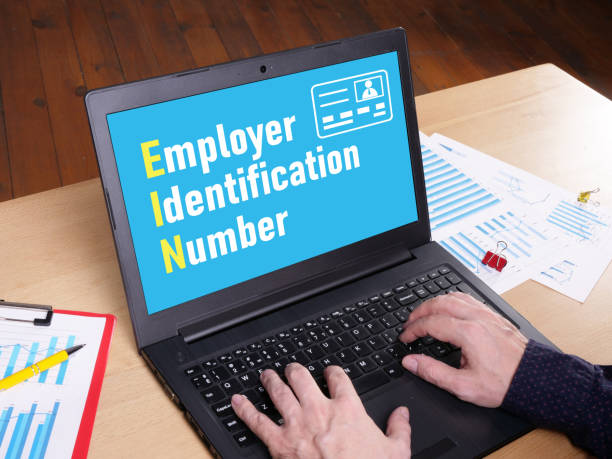Filing your state tax return can be a daunting task, especially if you’re not familiar with the process. It can be overwhelming to navigate the rules, deadlines, and requirements of your state’s tax department. But don’t worry, with a little bit of preparation and some guidance, you can file your state tax return with ease.
In this article, we’ll walk you through the process of how to prepare and file your state tax return. We’ll cover everything from gathering the necessary documents to filing your return online or by mail. So let’s get started.
What is State Tax Return?
Before diving into how to prepare and file your state tax return, it’s important to understand what a state tax return is. A state tax return is a document that taxpayers are required to file with their state’s tax department to report their income earned and taxes owed for the year. This return is separate from the federal income tax return and is specific to each state in which the taxpayer earned income.
The state tax return is used to calculate and pay the taxes owed to the state government, which is separate from the federal taxes owed to the Internal Revenue Service (IRS). The amount of state taxes owed is typically based on a percentage of the taxpayer’s income, with different rates and rules in each state.
In addition to income taxes, some states also collect taxes on other types of income, such as interest, dividends, capital gains, and rental income. Some states also impose additional taxes, such as sales taxes, property taxes, and excise taxes.
Filing a state tax return is an important obligation for all taxpayers who have earned income in a state that collects income taxes. Failure to file a state tax return, or filing a return with inaccurate information, can result in penalties and interest charges.
How to Prepare and File your State Tax Return
Preparing and filing your state tax return can seem daunting, but with the right guidance and preparation, it can be a manageable process that ensures your taxes are paid accurately and on time.
Gather all necessary documents
The first step in preparing to file your state tax return is to gather all the necessary documents. These will vary depending on your specific circumstances, but typically include:
– W-2 forms from all of your employers
– 1099 forms for any self-employment income or freelance work
– Any other income documentation, such as interest earned on savings accounts or investment income
– Receipts for any deductions or credits you plan to claim, such as charitable donations or education expenses
– Your federal tax return (if you filed one)
Make sure you have all of these documents before you begin the filing process. It can be helpful to organize them by category to make the process easier later on.
Determine your filing status
Your filing status will determine how much you owe in state taxes and what deductions and credits you are eligible for. There are several options for filing status, including:
– Single: if you are unmarried or legally separated
– Married filing jointly: if you are married and filing your taxes together
– Married filing separately: if you are married but filing your taxes separately from your spouse
– Head of household: if you are unmarried and have dependents
– Qualifying widow(er): if your spouse passed away within the past two years and you have a dependent child
Make sure you choose the correct filing status for your situation, as it can have a significant impact on your tax liability.
Calculate your taxable income
Once you have gathered all of your necessary documents and determined your filing status, it’s time to calculate your taxable income. This is the amount of income that is subject to state taxes after any deductions or credits have been applied.
To calculate your taxable income, you will need to subtract any deductions and credits from your total income. Deductions can include things like mortgage interest, charitable donations, and student loan interest. Credits can include things like child tax credits, education credits, and earned income credits.
Once you have subtracted your deductions and credits from your total income, you will have your taxable income. This is the amount that you will use to determine how much you owe in state taxes.
Determine your state tax liability
Now that you have calculated your taxable income, it’s time to determine your state tax liability. This is the amount of state taxes that you owe based on your taxable income and filing status.
Each state has its own tax rates and rules, so make sure you check with your state’s tax department to determine the exact amount that you owe. Some states have a flat tax rate, while others have a progressive tax system that taxes higher earners at a higher rate.
File your state tax return
Once you have determined your state tax liability, it’s time to file your state tax return. There are several options for filing, including:
– Filing online: many states offer an online filing system that makes the process quick and easy. You will need to create an account and enter your information, including your income and deductions. The system will automatically calculate your tax liability and allow you to pay online.
– Filing by mail: if you prefer to file by mail, you can download the necessary forms from your state’s tax department website. You will need to fill out the forms with your income and deductions, and then mail them in along with any payment you owe.
When filing your state tax return, make sure you double-check all of your information to ensure accuracy. Any mistakes or omissions could result in delays or penalties. It’s also important to keep a copy of your return and any supporting documentation for your records.
Pay any taxes owed
If you owe taxes after filing your state tax return, you will need to pay them promptly to avoid penalties and interest. Most states offer several payment options, including online payments, electronic funds transfers, and traditional paper checks.
Make sure you follow the instructions provided by your state’s tax department for making payments. It’s also a good idea to keep a record of any payments made for your records.
Follow up on your return
After filing your state tax return, it’s important to follow up to ensure that it was received and processed correctly. Most states offer online tools for checking the status of your return, as well as any refunds or payments owed.
If you have any questions or concerns about your state tax return, don’t hesitate to reach out to your state’s tax department for assistance.
What Micahguru Formations Can Do for You?
At Micahguru Formations, we understand that preparing and filing your state tax return can be overwhelming.
That’s why we offer a range of services to make the process easier and more streamlined. Our experienced team can help you gather all the necessary documentation, determine your filing status, and calculate your taxable income and state tax liability.
We can also assist with filing your state tax return accurately and on time, as well as following up to ensure that it was received and processed correctly. Let us take the stress out of filing your state tax return so you can focus on what matters most to you.
Conclusion
Preparing and filing your state tax return can be a complex process, but it’s a necessary one to ensure that you’re fulfilling your tax obligations to your state government. By following the steps outlined in this article, you can prepare and file your state tax return with confidence and ease. Remember to gather all necessary documentation, determine your filing status, and use the appropriate forms and schedules. If you need assistance or have any questions, don’t hesitate to reach out to a tax professional or use online tax preparation software. By taking the time to file your state tax return correctly and on time, you can avoid penalties and ensure that your taxes are paid accurately.



